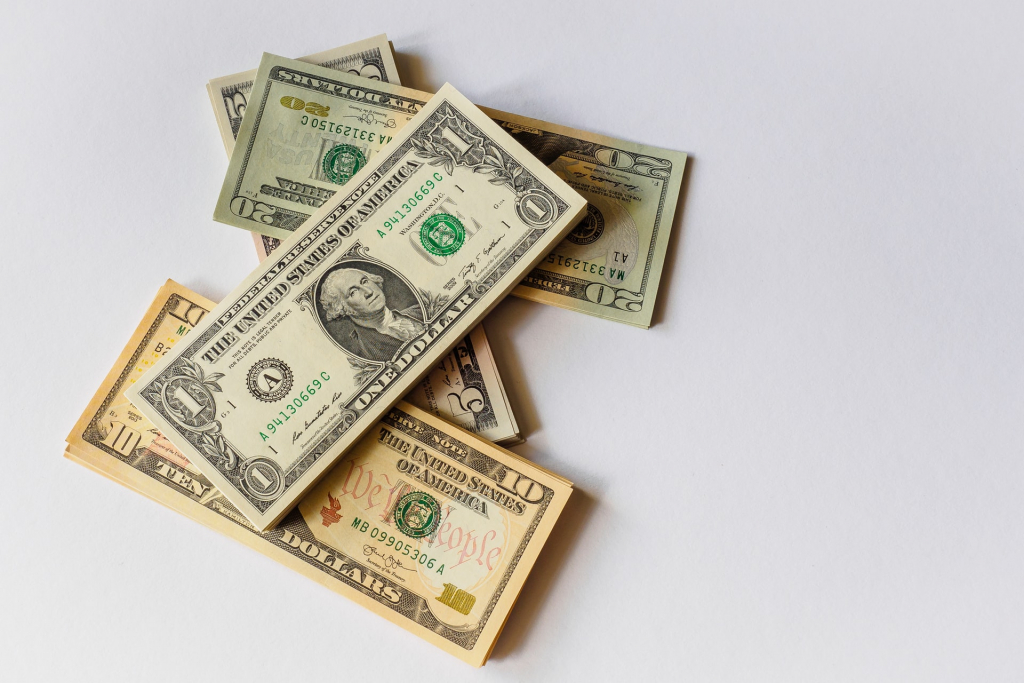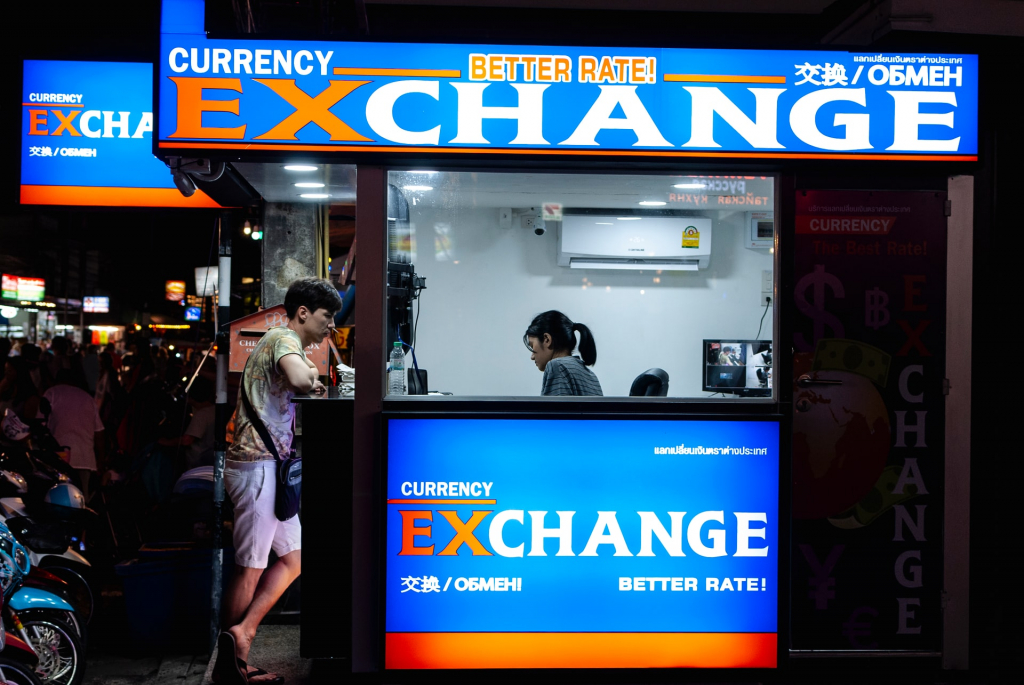Everything to know about the weak peso vs dollar effects on local and OFW investments to understand the current investment environment.
This July, the current conversion rate between the Philippine peso (PHP) and US dollar (USD) hit its 17-year low. But this is not a surprise since the PHP has depreciated in previous months. In fact, this was a typical situation since the peso dropped to the 55 mark against the dollar when June closed. As a point of reference, the last time the PHP went this weak against the dollar was in 2005.
But why is this happening? According to the Bangko Sentral ng Pilipinas (BSP), our currency’s depreciation is due to a strengthening dollar, not a weakening peso. The central bank further cites the US Federal Reserve’s 75 base points increase in interest rates as the catalyst for the stronger greenback. The latter is the United States’ latest attempt to rein in inflation in the country.

On the other hand, the BSP also recently announced a similar 75 base points interest rate hike to control money circulation and tame Philippine inflation.But whichever the case may be, the Philippine currency is still on the losing side for various reasons.
While foreign currency exchange rate fluctuations do not hit as directly as oil price hikes, it still impacts every Filipino’s daily life. Does this make a difference to the common Filipino household?
Why should you care about currency exchange rates?
Regardless if you are personally exchanging or buying things in dollars, currency exchange rates will affect you. Why? Because there are domestic items that rely on imported components and raw materials. As a result, these commodities will see price changes when exchange rates fluctuate. Furthermore, exchange rates can also have an impact on the employment market and real estate market. This is on top of the resulting impact on inflation, interest rates, and investment performance.

How does the Php vs US Dollar exchange rate affect investments?
When a currency depreciates, the domestic and export markets get a boost. On the other hand, the rising costs of imported goods and capital reduce investments.
What are the local investment implications?
The weaker peso is good for exporters who sell their goods in dollars. In contrast, it means disaster for importers since more peso is now needed to buy the same amount of goods in dollars. It is also worth noting that these imports include oil that we buy in dollars per barrel.
If we continue to import goods and raw materials at a high price, this will eventually cascade to the consumers. As a result, it drives up the prices of the goods and services we buy and accelerates inflation.
What is the OFW remittance implication?
The stronger US dollar is good news to overseas Filipino workers (OFWs) who are earning in dollars. Families receiving dollar remittances enjoy more take-home amounts with more peso equivalent for the same amount of dollars.
But it does not end there. Whatever premium these families get from dollar remittances is offset by the accelerating inflation in the country from higher prices of commodities. Since the beginning of the year, the USD to PHP exchange has increased by around 7.8%.
In contrast, the Philippine inflation closed at 6.1% last June, according to the Philippine Statistics Authority’s data. Given these, the best case for families of dollar-earning OFWs can hope for is breaking even and maintaining their purchasing power.
How does a weak currency affect real estate investments?
We have established that a weak domestic currency may also cause interest rates to rise and inflation to accelerate. As a result, you get higher mortgage payments and a high cost of borrowing. Consequently, this also lowers the demand for loans and properties in general.
Furthermore, foreign real estate investors are mostly affected by exchange rates. In fact, the number of foreign investors who enter the market heavily depends on this variability. Now that the dollar is increasing relative to that of the Philippine peso, dollar investors have more purchasing power. As a result, they can have more money to invest in the local real estate market.

Why should you care about currency exchange rates?
The exchange rate is important because it bridges our local currency to the foreign market, where we buy goods, services, and assets in different currencies. As a result, any fluctuation in these rates can have a rippling impact on our household expenses and investment decisions.
Exchange rates affect inflation.
When the peso is weak, we need more money to import the same amount of goods. As a result, the commodities we also arrive more expensive in the country. This also applies to the by-products of said commodities. In fact, one great example of such is oil, with hikes that currently accelerate Philippine inflation beyond government targets.
Exchange rates affect our debt servicing.
When the peso is low, we also need more pesos to pay the interests and capital amount we owe from our foreign lenders like the US. This means the government would need more funds from our taxes to pay for interests and decrease the budget for public projects.
Does the government dictate the value of Php vs dollar?
The government does not dictate the exchange rate value for any currency, including dollars. What the central bank can do, however, is influence exchange rate values with monetary policies. Ultimately, the exchange rate is still subject to market supply and demand.
When the dollar supply is low (following the US Fed’s interest rate hikes), the value of a dollar in peso increases. But why can’t the BSP heavily intervene with exchange rate values? Because it is simply not sustainable in the long run. In fact, it could even result in more problems in the future.

Ideal investments in Camella
Check out Camella’s range of properties for sale for your ideal investment in the Philippines.


